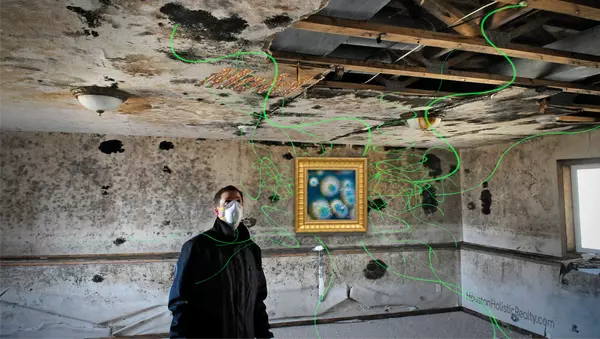Why the Current Housing Market is More Resilient: Learning from the Past

The housing market has been a topic of concern lately, with worries of a potential crash reminiscent of the 2008 financial crisis. However, a closer look at the data reveals that today's housing market is fundamentally different from its predecessor. In this article, we will explore a few key factors contributing to the market's stability and why we can confidently say that the current housing market won't experience a crash like it did in 2008.
1. The Plunge in Foreclosure Rates:
During the housing crash of 2008, the rate of homes in foreclosure skyrocketed to a staggering 4.6%. Homeowners who witnessed their property values plummet chose to walk away from their loans, contributing to the distressing number of foreclosures. However, the current housing market paints a different picture. As of today, the percentage of homes in foreclosure stands at a significantly lower rate of 0.6%. According to NAR Chief Economist Lawrence Yun, the substantial decline in foreclosure figures reflects the improved financial stability of homeowners and the overall market resilience.
2. Improved Buyer Qualifications:
One significant factor contributing to the reduced foreclosure rates is the strengthened financial position of homeowners. Following the lessons learned from the previous crisis, lending institutions have implemented stricter lending standards. This has resulted in a more qualified pool of borrowers, ensuring that individuals purchasing homes over the past few years are better equipped to handle their financial obligations. As a result, the likelihood of homeowners defaulting on their mortgages and entering foreclosure has significantly diminished.
3. Positive Market Dynamics:
Remember the lessons from your economics class on supply and demand? Well, they hold true in the housing market as well. Today, we observe a favorable dynamic where demand for homes remains steady, while the supply of available properties is relatively limited. This equilibrium helps stabilize home prices and prevents drastic fluctuations. Conversely, during the housing crash, an abundance of homes flooded the market, including a substantial number of foreclosures. This oversupply of homes exerted downward pressure on prices, exacerbating the crisis. The present housing market, with its restrained supply and steady demand, establishes a foundation for stability and resilience.
While concerns about a housing market crash are understandable given the affordability challenges and media discourse on a potential recession, it is essential to analyze the differences between the current market and the one that collapsed in 2008. The notable decline from a 4.6% foreclosure rate to a mere 0.6% signifies a fundamental shift towards greater financial responsibility among homeowners. Stricter lending standards have ensured that individuals who have recently entered the market are better qualified and less prone to default on their mortgage obligations. Additionally, the balanced supply and demand dynamics contribute to price stability, fostering a more robust market environment. While vigilance is essential, the low foreclosure rates affirm that the current housing market is fundamentally different and more resilient than its predecessor, providing reassurance to homeowners and investors alike.
Recent Posts











